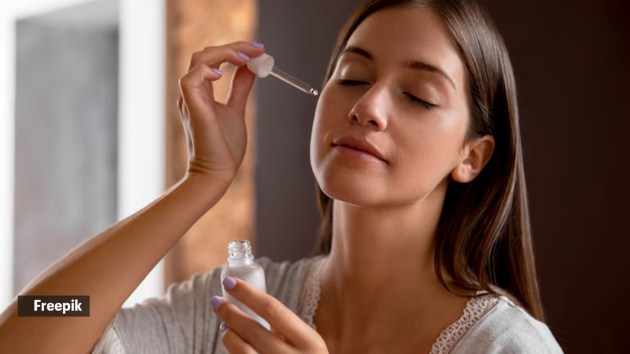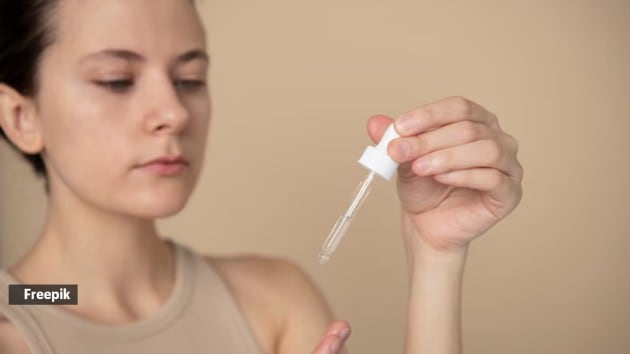Why, despite using niacinamide, your dark spots aren’t clearing up
From improper use and concentration to underlying skin issues and product compatibility, learn why your niacinamide isn't working
September 2, 2025 10:29 IST 1 / 6
1 / 6Niacinamide happens to be in all of your skincare products, and yet your dark spots aren’t clearing up. Why does this happen? What products should be paired for maximum efficacy?
Dr Ameesha Mahajan, Cosmetic Dermatologist & Founder, Eden Skin Clinic told indianexpress.com that niacinamide is basically a water soluble vitamin B which works by inhibiting melanosome transfer from melanocytes to keratinocytes. Though this action does reduce pigmentation of the skin, it is not directly involved in inhibiting the activity of the enzyme tyrosinase. (Source: Freepik) 2 / 6
2 / 6This enzyme reduces the production of melanin by the skin cells. Reduced melanin production will lead to reduced hyperpigmentation. Several randomized controlled trials have shown that 4–5% niacinamide used over 8–12 weeks leads to mild-to-moderate improvements in pigmentation. However, its effects plateau when used in isolation, especially in cases of deep dermal melanin, melasma, or chronic sun damage. (Source: Freepik)
 3 / 6
3 / 6For clinically significant improvement, dermatologists often recommend a multi-agent approach: (1) Tretinoin - Mechanism: Increases epidermal turnover, promotes desquamation of pigmented keratinocytes, and enhances penetration of other actives. (Source: Freepik)
 4 / 6
4 / 6Kojic acid (1-2%) - Mechanism: Chelates copper ions essential for tyrosinase activity, thereby directly inhibiting melanin synthesis. (Source: Freepik)
 5 / 6
5 / 6Arbutin (2-5%) - Mechanism: A glycosylated hydroquinone derivative; inhibits tyrosinase activity without the cytotoxicity of hydroquinone. (Source: Freepik)
 6 / 6
6 / 6Tranexamic acid - Mechanism: disrupting the interaction between keratinocytes and melanocytes, reducing the production of inflammatory mediators, and potentially interfering with tyrosinase activity (Source: Freepik)











